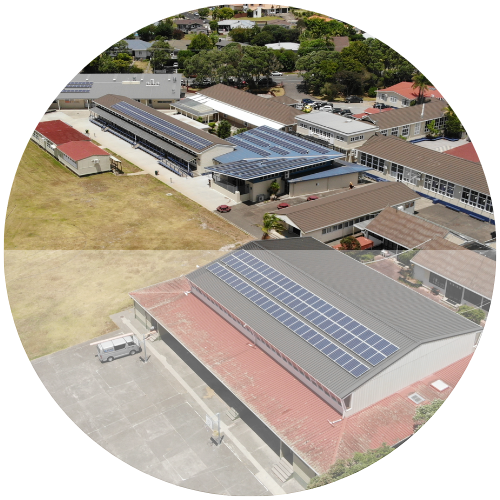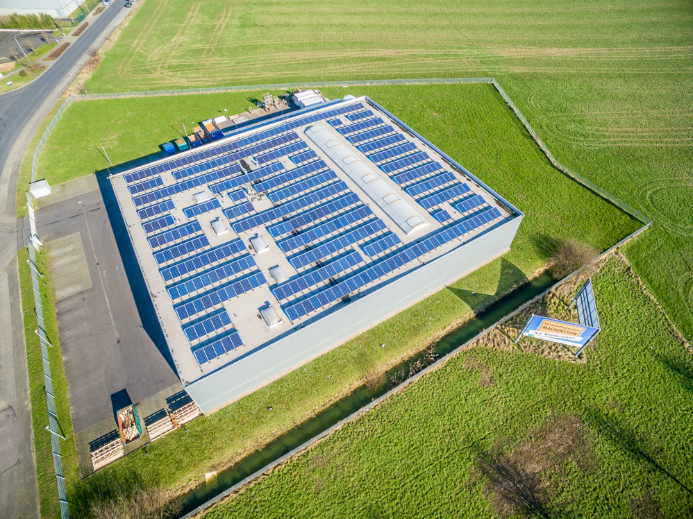The Australian solar industry looks to have left the doldrums of 2022 firmly behind as Queensland and New South Wales spearhead an impressive upsurge in installations. Recent data shows that the sector has not only rebounded from last year’s dip but is tracking ahead of the heights reached during the pandemic years — an encouraging sign for the future.
According to Guy Olian, industry expert and CEO of Smart Ease, there has been a remarkable surge in both Commercial & Industrial (C&I) and utility-scale solar installations. Guy attributes this growth to the combination of soaring electricity prices, declining solar panel costs, and a heightened focus on sustainable business practices.
“With the availability of zero upfront funding options, the case for commercial solar has never been stronger, driving widespread adoption across various sectors”, he notes.
Key insights from the recent data include:
1. The commercial solar market is seeing a surge, particularly in the 15-30kW segment, with a growing preference for smaller commercial systems in the 10-15kW range.
2. Queensland and New South Wales are leading the charge, with the 15-20kW and 95-<100kW segments dominating the market, collectively accounting for 55% of recent installations.
3. Both states are also leading in utility-scale solar installations, contributing 42% and 43% of the total solar volume, respectively.

4. Utility-scale solar is experiencing significant growth, with Queensland and New South Wales recording a 13% and 11% increase, respectively, in the last quarter (July to October 2023).
5. Queensland remains a powerhouse in sub-100kW commercial installations, boasting six of the top ten postcodes in this category.
6. Casula, a suburb in Sydney’s southwest, has emerged as the national leader for larger solar systems (101kW to 5000kW).

“On average, monthly STC-commercial volumes over 2023 are above those seen in previous years. Recent months indicate substantially higher volumes of STC-commercial systems compared to the same time in previous years. Notably, average system sizes within the STC market have also continued to grow.”
Warwick Johnston, Managing Director, Sunwiz
What does this mean for solar businesses?
Overall, the data is encouraging for all solar businesses. Australia’s love affair with solar continues in spite of a quiet 2022, and the industry has demonstrated strong resilience in overcoming the challenges posed by the pandemic.
Solar businesses with the ability to target the segments with the strongest growth will benefit the most from this resurgence, with those who ‘get’ the challenges and motivations of commercial customers ahead of the game. This includes understanding the cash-flow benefit of paying for solar and storage over time using a payment solution, instead of up front.
With Queensland and New South Wales leading the way, the future of sustainable, solar-powered energy in Australia looks brighter than ever.
Sign up for Smart Hub to stay informed on the latest news and insights, plus access free training, webinars and events!

